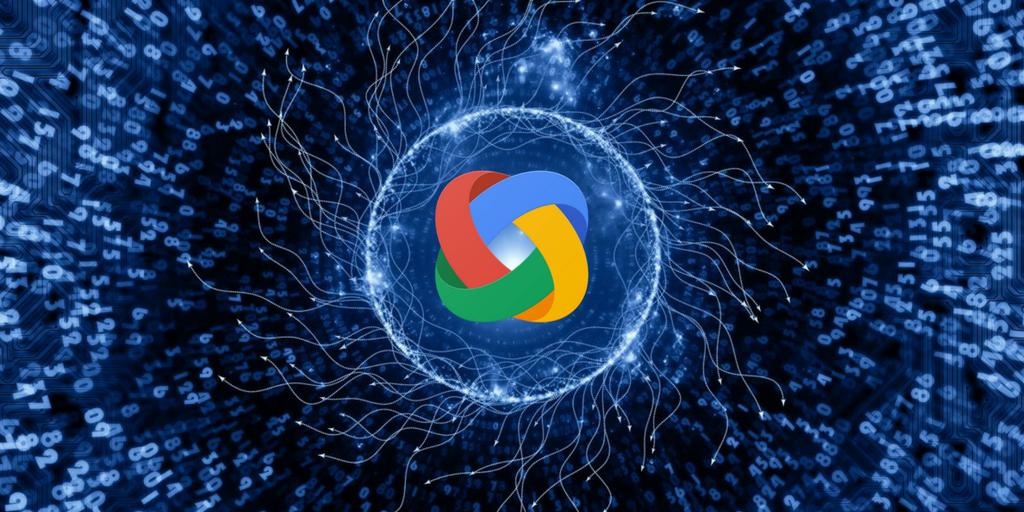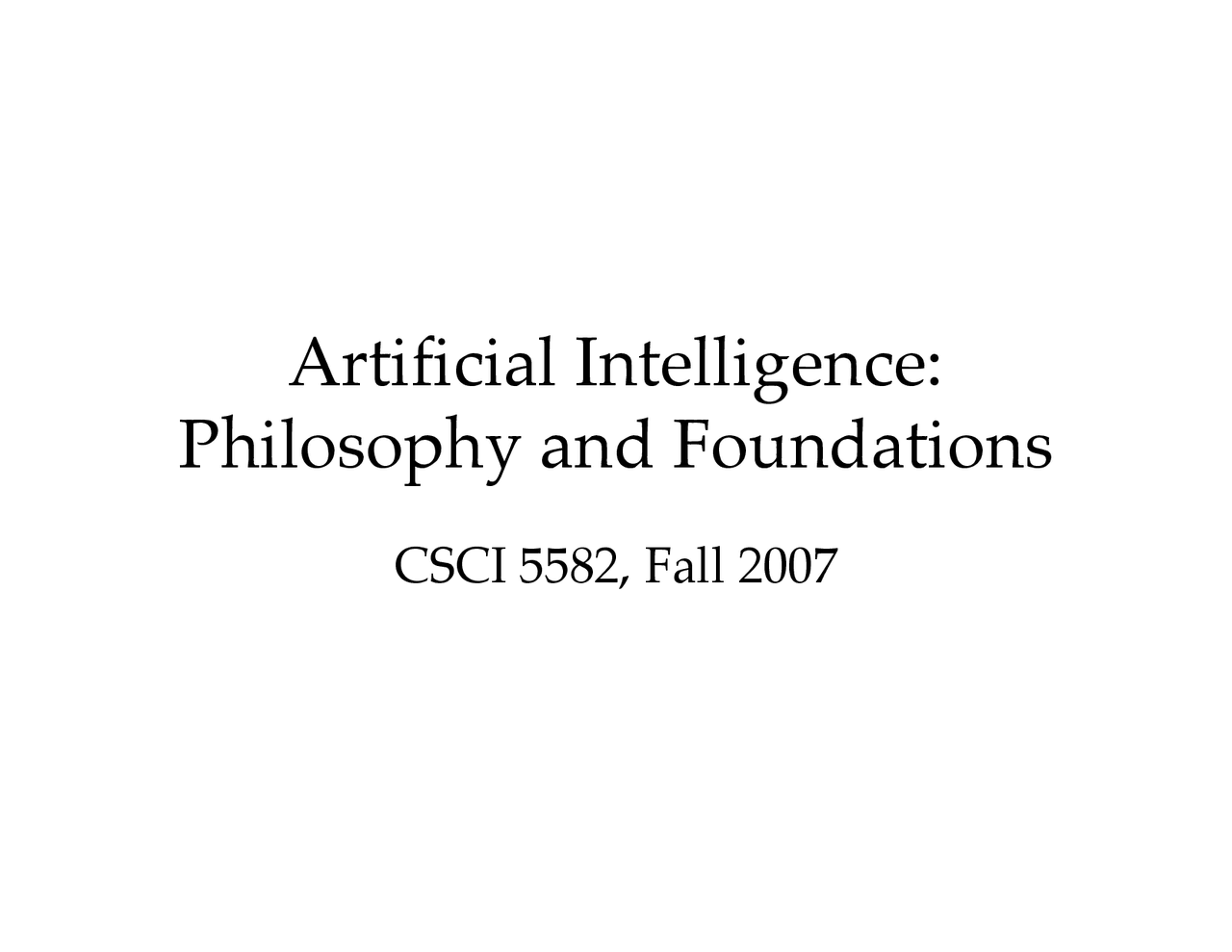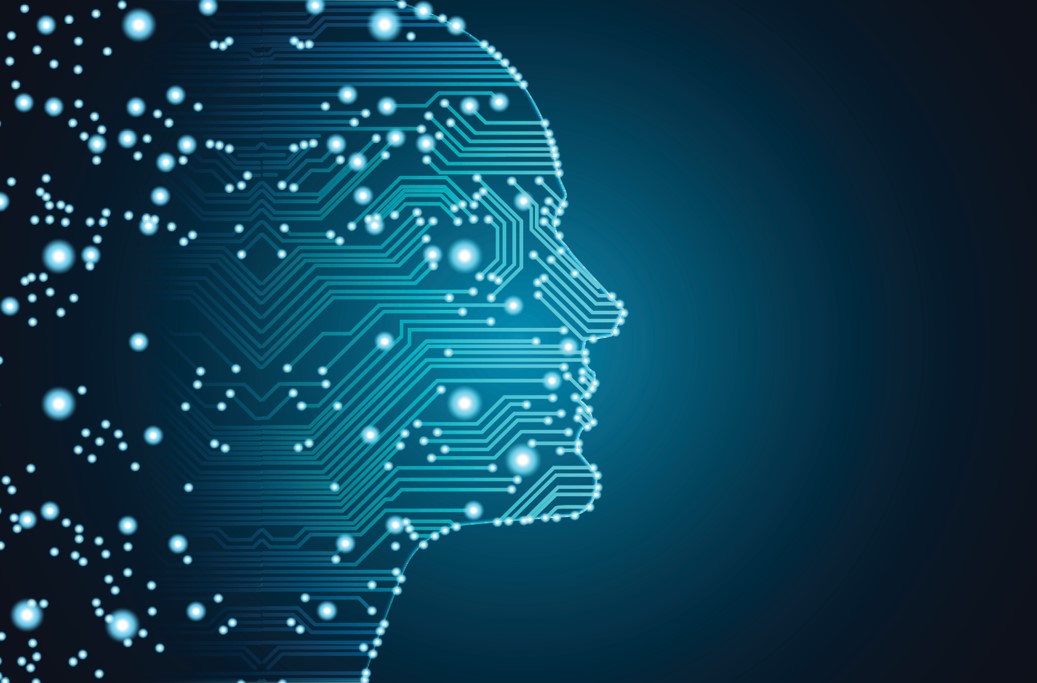
This article examines Deep Learning and the opinions of Experts. This article explores potential solutions. These limitations include the costs and time involved in collecting and labeling data. Deep Learning is not to be criticized. It should be viewed instead as a discussion on the limitations and potential of this emerging technology.
Experts' perceptions on deep learning limitations
Deep learning requires large amounts of data to be able to learn. Deep learning algorithms do poorly when there is a small amount of data. Standard machine-learning techniques are capable of improving performance without massive data volumes. Unsupervised learning methods are required to complement deep learning techniques. These methods do not heavily depend on labeled learning data.
Deep learning algorithms use multiple layers of processing to train computer programs. Each layer applies a nonlinear transform to the input, and then uses the learned information in order to create a statistical model. This process is repeated until you get an acceptable level of accuracy. The number and complexity of the processing layers in an algorithm determines what the term "deep".

Deep learning programs require enormous amounts of processing speed, as well as the data they need. Deep learning programming can produce complex statistical models from iterative output if there is a lot of unlabeled data. The internet of things (IoT), which is becoming more common, generates huge amounts of unlabeled and potentially explosive data.
Here are some possible solutions
Deep learning can have many benefits, but the system also has some serious limitations. Without sufficient training data, deep learning is limited in its ability perform classification tasks. It is unable to solve problems that require reinforcement or rule-based programming. However, some researchers are focusing on the neuroscience of AI as the solution to overcome these limitations.
Deep learning requires very little human input. Therefore, it is dependent on large amounts of data as well as a lot computing power. But with the right infrastructure, high-performance GPUs, and the right training tools, training time can often be drastically reduced. In addition, deep learning models are faster than human operators, and their quality never declines as the training data grows.
Deep learning is still very young, but it has already shown great promise in many areas. One of the most promising uses is gene expression prediction. A deep neural network that has three layers hidden has been more successful than linear regression in this task. These methods could also prove to be clinically applicable, as they can utilize fluorescence microscopy data for identifying cellular states.

Time and cost requirements for collecting and labeling data
Collecting and labeling data for deep learning models can be costly and time-consuming. You might consider hiring experts to label the open-source datasets. Experts such as these are highly paid, and they dedicate a lot time to the task. These experts can add time to the project, but their costs are prohibitive. Additionally, it's expensive to find new labelers to increase the workforce.
Crowdsourcing is another option to label data. It's also cost-effective. For each assignment, you can offer a reward. For example, a $100 reward could be set for labeling 2000 images. That price can be used for up to nine assignments. However, crowdsourcing is not ideal as the datasets are not always of high quality.
The cost of preparing and storing data is not only important for labeling, but it also adds up to significant costs. Annotating videos can be a time-consuming and labor-intensive job. A 10-minute movie containing between 18,000 and 36,000 frames will require 800 hours of labor.
FAQ
How does AI work?
An artificial neural networks is made up many simple processors called neuron. Each neuron receives inputs and then processes them using mathematical operations.
The layers of neurons are called layers. Each layer performs an entirely different function. The first layer receives raw data, such as sounds and images. Then it passes these on to the next layer, which processes them further. Finally, the last layer produces an output.
Each neuron is assigned a weighting value. This value is multiplied when new input arrives and added to all other values. If the number is greater than zero then the neuron activates. It sends a signal up the line, telling the next Neuron what to do.
This process repeats until the end of the network, where the final results are produced.
Where did AI come from?
Artificial intelligence was created in 1950 by Alan Turing, who suggested a test for intelligent machines. He believed that a machine would be intelligent if it could fool someone into believing they were communicating with another human.
John McCarthy later took up the idea and wrote an essay titled "Can Machines Think?" In 1956, McCarthy wrote an essay titled "Can Machines Think?" He described the problems facing AI researchers in this book and suggested possible solutions.
How does AI function?
To understand how AI works, you need to know some basic computing principles.
Computers store information in memory. They process information based on programs written in code. The code tells a computer what to do next.
An algorithm is an instruction set that tells the computer what to do in order to complete a task. These algorithms are usually written in code.
An algorithm could be described as a recipe. A recipe might contain ingredients and steps. Each step is a different instruction. An example: One instruction could say "add water" and another "heat it until boiling."
What is the future of AI?
Artificial intelligence (AI) is not about creating machines that are more intelligent than we, but rather learning from our mistakes and improving over time.
In other words, we need to build machines that learn how to learn.
This would mean developing algorithms that could teach each other by example.
We should also look into the possibility to design our own learning algorithm.
You must ensure they can adapt to any situation.
What does AI mean for the workplace?
It will revolutionize the way we work. It will allow us to automate repetitive tasks and allow employees to concentrate on higher-value activities.
It will enhance customer service and allow businesses to offer better products or services.
It will enable us to forecast future trends and identify opportunities.
It will give organizations a competitive edge over their competition.
Companies that fail AI adoption will be left behind.
Statistics
- By using BrainBox AI, commercial buildings can reduce total energy costs by 25% and improves occupant comfort by 60%. (analyticsinsight.net)
- In the first half of 2017, the company discovered and banned 300,000 terrorist-linked accounts, 95 percent of which were found by non-human, artificially intelligent machines. (builtin.com)
- More than 70 percent of users claim they book trips on their phones, review travel tips, and research local landmarks and restaurants. (builtin.com)
- Additionally, keeping in mind the current crisis, the AI is designed in a manner where it reduces the carbon footprint by 20-40%. (analyticsinsight.net)
- That's as many of us that have been in that AI space would say, it's about 70 or 80 percent of the work. (finra.org)
External Links
How To
How do I start using AI?
You can use artificial intelligence by creating algorithms that learn from past mistakes. The algorithm can then be improved upon by applying this learning.
You could, for example, add a feature that suggests words to complete your sentence if you are writing a text message. It would learn from past messages and suggest similar phrases for you to choose from.
It would be necessary to train the system before it can write anything.
You can even create a chatbot to respond to your questions. One example is asking "What time does my flight leave?" The bot will reply that "the next one leaves around 8 am."
Take a look at this guide to learn how to start machine learning.